Top 9 Rock Moments 1964
The earliest year we will review on Classic Rock Review will be 1965. But this week we will cheat a little and look at the top moments from the preceding year, 1964, as […]
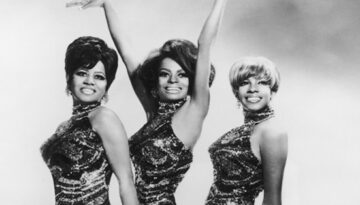
The earliest year we will review on Classic Rock Review will be 1965. But this week we will cheat a little and look at the top moments from the preceding year, 1964, as […]

Buy The Kinks are the Village Green Preservation Society Although it barely made a ripple critically or commercially upon its release the concept album The Kinks are the Village Green Preservation Society would […]

Nearly from its inception, rock and roll and Christmas songs have made for a potent mixture of holiday-flavored punch. This marriage dates back to 1957 with the first Elvis Presley Christmas Album and […]
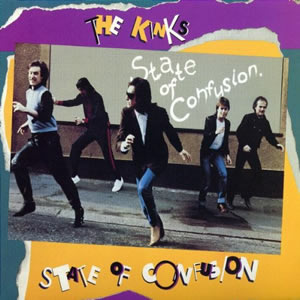
Buy State of Confusion The Kinks reached the climax of their second major success phase with State of Confusion in 1983. This album comes at the heart of the band’s early eighties “renaissance” […]
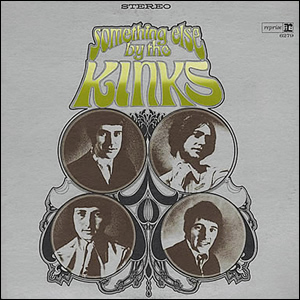
Buy Something Else by The Kinks Something Else by The Kinks was a transitional album which straddled the riff-driven pop songs of their early years and the more artful compositions of the band’s […]
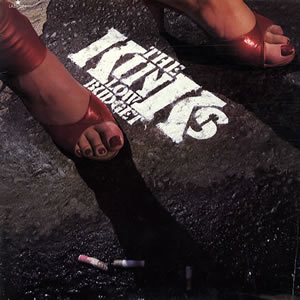
Buy Low Budget The Kinks closed out their very prolific 1970s with Low Budget, their most commercially successful album of the decade. Composer, producer, and frontman Ray Davies put together a collection of […]
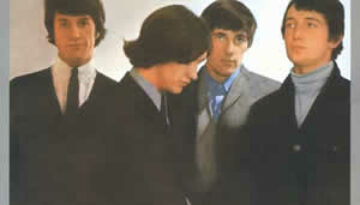
Buy Kinda Kinks The Kinks sophomore effort is often overlooked in their catalog due to the popularity of their recently released debut and the critical acclaim of later albums. But the rapidly recorded […]
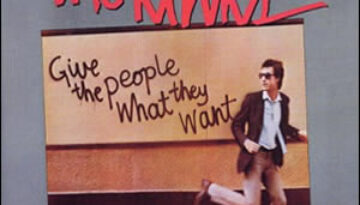
Buy Give the People What They Want Although Give the People What They Want was the 18th full-length album by The Kinks and was released nearly two decades after their actual debut, it […]
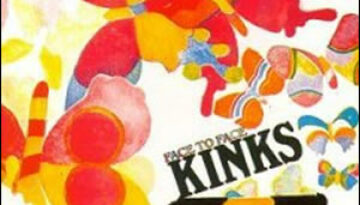
Buy Face to Face After quickly rising to pop acclaim, Ray Davies and The Kinks morphed towards concept albums in the late 1960s. Face to Face, the group’s fourth studio album released in […]
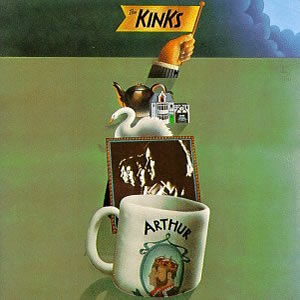
Buy Arthur (or the Decline and Fall of the British Empire) Although The Kinks were part of the first wave of British artists to break through following the Beatles, they were never really […]